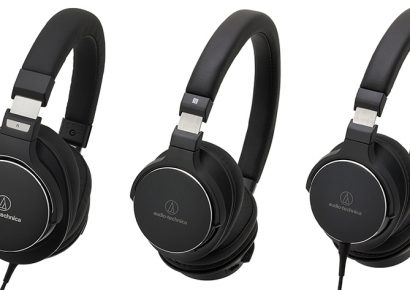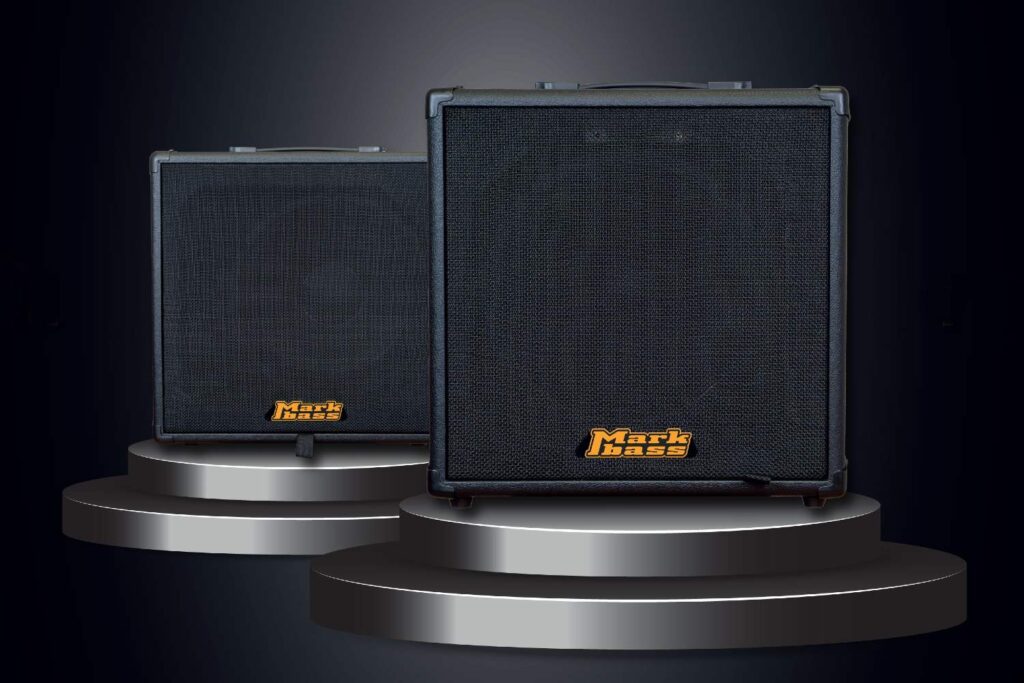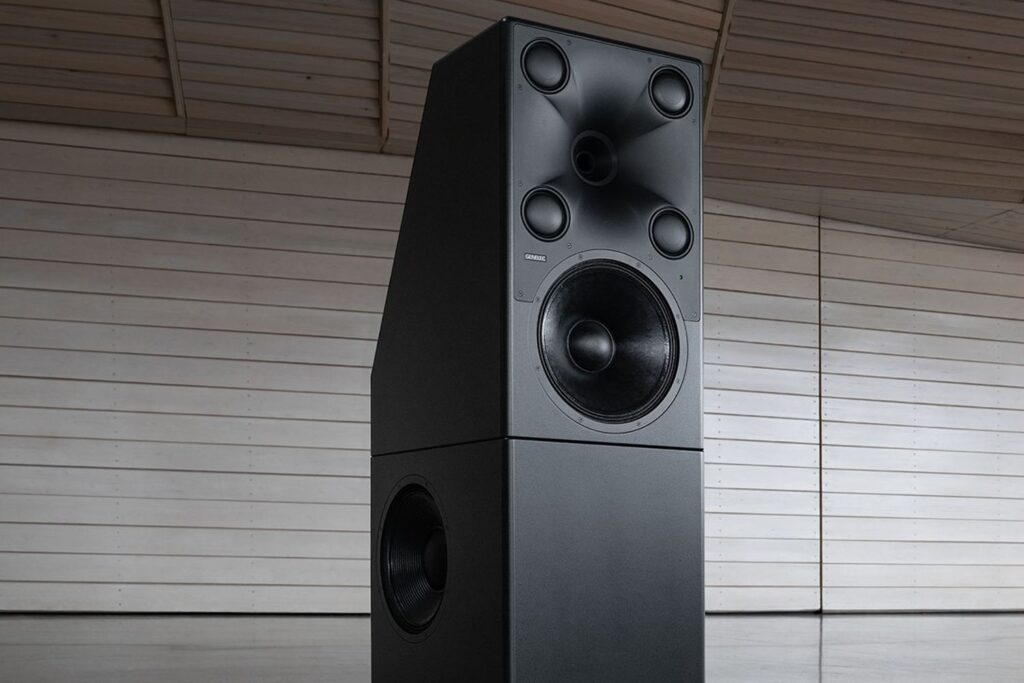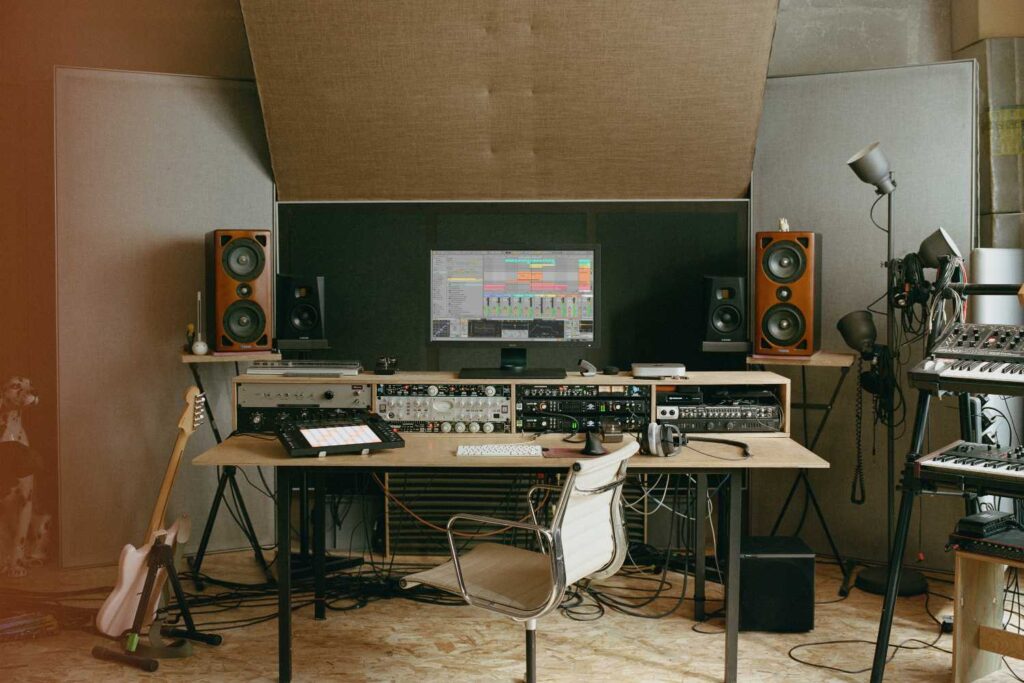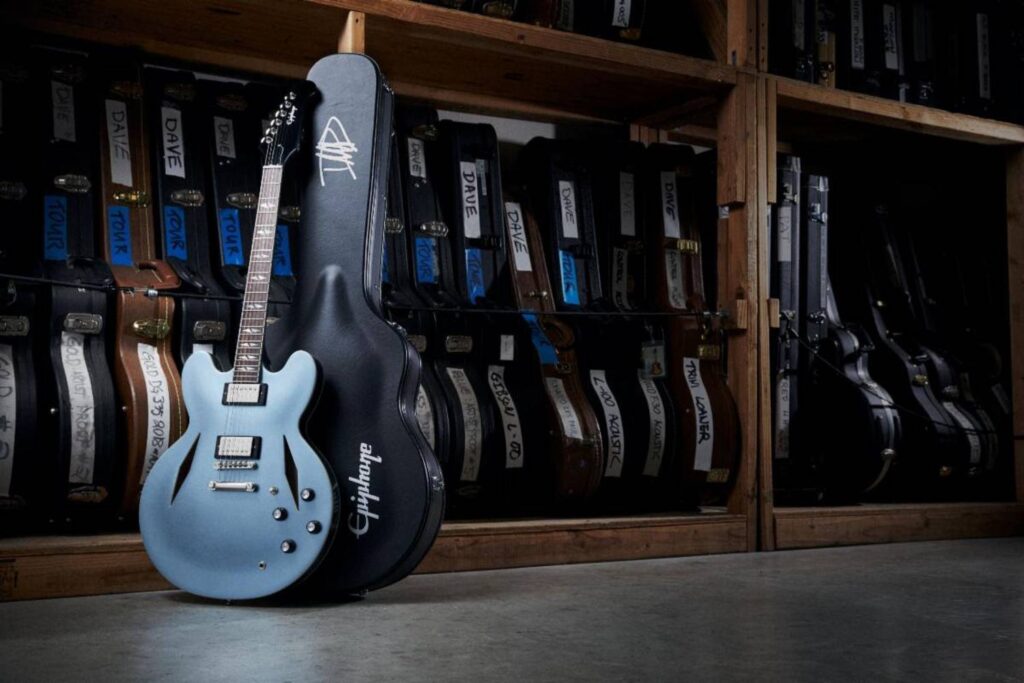In Luleå, Linhart’s Ice Music concert series presents around twenty different instruments to audiences each year. Playing music from a variety of genres including folk, rock & roll, classical and even Hawaiian music, the works are vast and versatile.
A part of the performance that particularly impresses audience members is the Rolandophone. Created by Linhart himself, the giant percussion tool looks like a pan flute. In addition, the Gravaton is a huge 37-string instrument, sculpted from 2.2 tonnes of frozen water.

Before making musical instruments, Linhart worked at ski resorts in Colorado for around sixteen years. Moving away from the expected, the creative talent used his friends idea of building his own instruments, mixed it with his own craft and the rest was history.
To build an ice guitar, Linhart lays out a piece of plastic on a table with a prepared stencil and creates the guitars front and back plates with white ice, a mixture of snow and water. Letting it freeze overnight, he then carves the shape and adds finer details to the piece. He then adds a traditional neck, bridge and strings to complete the work.

As the instruments are made of ice, they are said to be a bit quieter than a traditional instrument, however Linhart says that what they lack in volume, they make up for in beauty.
“They have a more detailed sound—a brighter, richer sound. The ice is volatile. It’s always moving. When it’s first formed, the ice is 10 percent bigger than it was as water, so there are all these crystals growing from different directions and there’s a lot of tension in them. But when you send vibrations through, all of those molecules that are under stress begin to release and the ice becomes more of an evenly-spaced and tensioned material. It changes the physical structure of the ice and more friendly to making music.” – Linhart

Performing alongside his team, the ice instruments are shared in a ‘cosmic igloo’ constructed each winter. With two domes, downward seating to the stage, the performance area is around 15 feet below the foorway. Each dome has holes in it’s roof to ventilate the heat from the crowd’s bodies, whereas the instruments stay at the bottom in the cold air.
For more information, head here.

